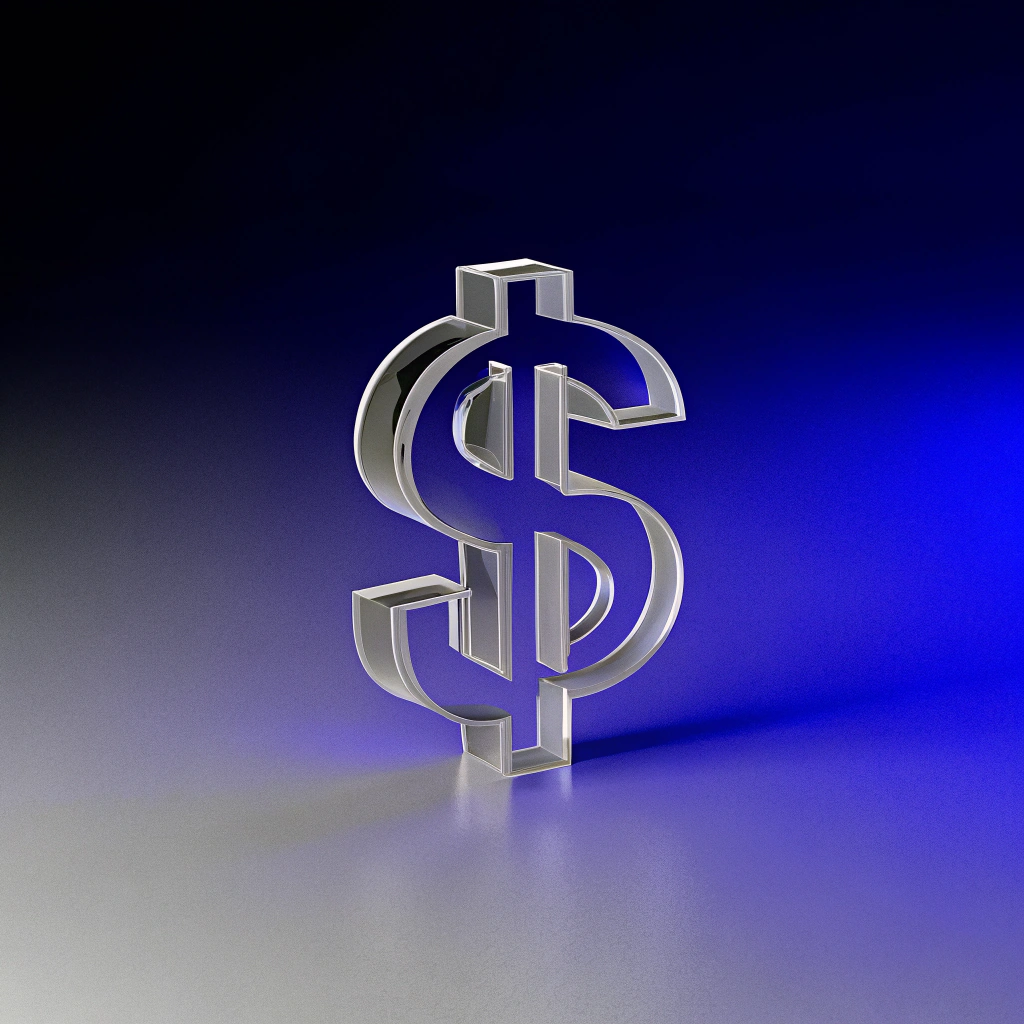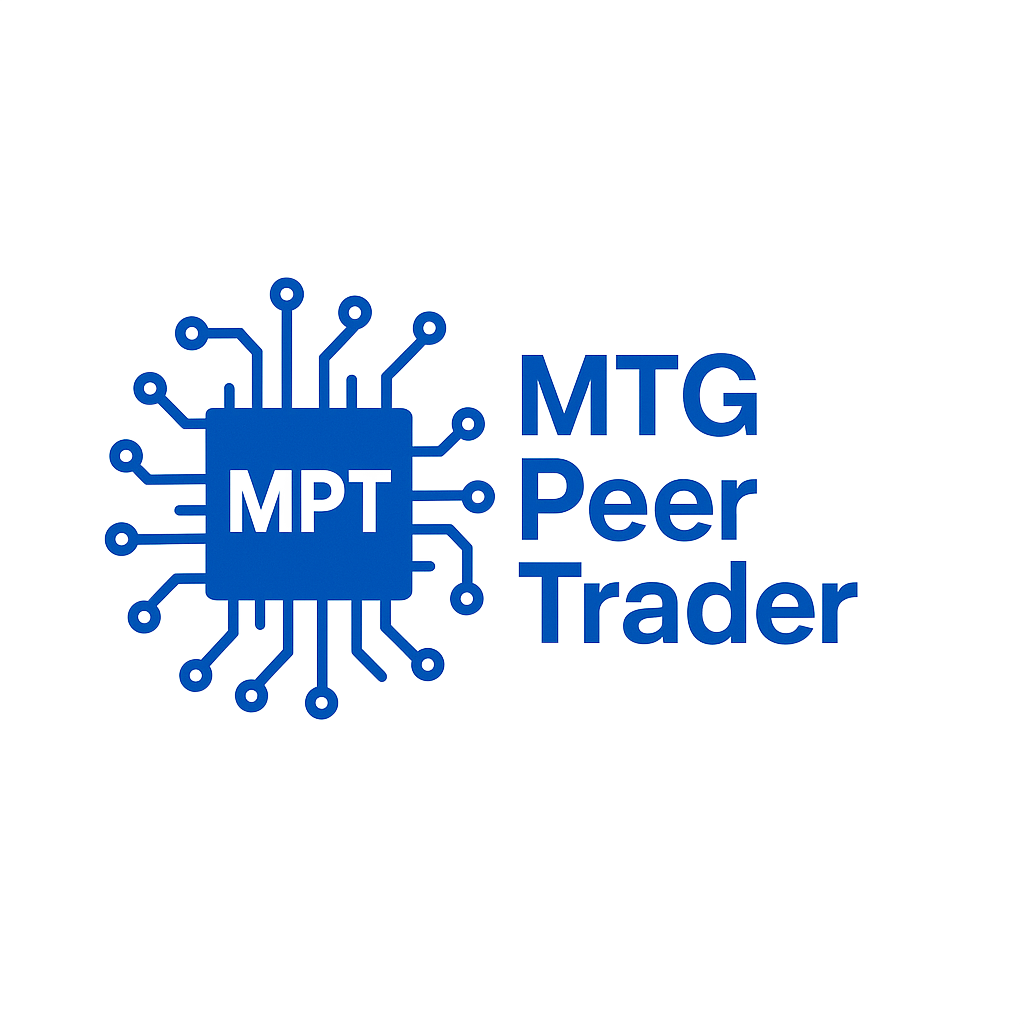
Key Takeaways
- Free margin is the cushion between equity and used margin, indicating trading capacity.
- Keeping sufficient free margin helps avoid margin calls and unlocks new opportunities.
- Leverage magnifies both potential gains and free margin requirements — balance is key.
- Regular monitoring, stop‑loss orders, and prudent position sizing preserve account health.
Understanding Free Margin
Free margin represents the funds in your trading account that are not tied up in current positions. Think of it as your spending power for opening new trades or withstanding market swings. Without a clear grasp of free margin, traders risk unintentional overextension and surprise margin calls.
The Free Margin Formula
Free margin = Equity − Used Margin.
- Equity: Your account balance plus unrealized profits or minus unrealized losses.
- Used Margin: The portion of equity locked to maintain open positions.
For example, if your balance is $10,000, you have open positions requiring $2,000 margin, and unrealized profits of $500, then:
- Equity = $10,000 + $500 = $10,500
- Free Margin = $10,500 − $2,000 = $8,500
Why Free Margin Matters
Maintaining healthy free margin isn’t just a bookkeeping exercise — it’s integral to sustainable trading. A robust buffer guards against forced position closures and primes your account to capitalize on favorable price moves.
Preventing Margin Calls
When free margin approaches zero, brokers may issue a margin call or automatically close positions. A safety cushion ensures you stay comfortably above the trigger zone.
Unlocking New Trading Opportunities
Sufficient free margin allows you to enter fresh trades when patterns or news-driven catalysts emerge, rather than sitting idle while waiting for equity to rebuild.
Enhancing Risk Management
By monitoring free margin, you gain real‑time insight into your risk exposure and can adjust position sizes or leverage levels before drawdowns strain your account.
Free Margin Vs Used Margin
Confusing these two figures can spell disaster. While used margin shows your current obligations, free margin highlights your flexibility.
Fundamental Differences
| Metric | Used Margin | Free Margin |
| Definition | Funds locked in open trades | Available funds for new trades or to cover losses |
| Indicator | Commitment level | Buffer zone |
| Trader’s Action | Indicates capital at risk | Guides potential trade size |
Fast Fact
Even small shifts in pip value can significantly erode free margin when trading high leverage.
How To Calculate Free Margin
Accurate calculation is the cornerstone of disciplined risk management. Follow a clear, step‑by‑step approach to keep your figures precise.
Step‑By‑Step Calculation Guide
- Check Account Balance: Note your starting balance.
- Add/Subtract Floating P/L: Factor in unrealized profits or losses.
- Subtract Used Margin: Deduct margin locked by open positions.
Practical Calculation Example
Imagine:
- Balance = $5,000
- Floating Loss = −$200
- Used Margin = $1,000
- Equity = $5,000 − $200 = $4,800
- Free Margin = $4,800 − $1,000 = $3,800
Free Margin And Leverage
Leverage can amplify returns, but it also intensifies margin requirements and the speed at which free margin depletes.
How Leverage Affects Free Margin
Higher leverage reduces the margin needed per lot, boosting free margin — but also raises the stakes on each pip movement.
Balancing Leverage With Available Funds
Opt for leverage levels that align with your risk tolerance. A modest multiplier (e.g., 10:1) often provides a safer trade‑off between opportunity and margin strain.
Best Practices For Managing Free Margin
Proactive strategies can keep your account in fighting shape through choppy markets.
Avoid Over‑Leveraging
Resist the temptation to max out leverage. Smaller position sizes preserve free margin and limit downside exposure.
Use Stop‑Loss And Take‑Profit Orders
Automatically lock in gains and cap losses, preventing runaway positions from draining your margin cushion.
Monitor Market Volatility
Be aware of economic releases and geopolitical events that may spike volatility — and temporarily increase margin requirements.
Tools And Platforms For Monitoring Free Margin
Modern trading platforms provide built in metrics and alerts to streamline free margin oversight.
- Built-In Broker Platform Features: Many brokers offer real-time margin calculators and alerts.
- Third-Party Analytics Tools: Platforms like TradingView and MetaTrader provide advanced charting and margin tracking capabilities.
- Forex Social Trading Platforms: These platforms allow traders to share strategies and insights, which can help in understanding margin usage and risk management.
Common Mistakes To Avoid With Free Margin
Even seasoned traders can slip up. Recognize and sidestep these pitfalls.
Ignoring Margin Requirements
Failing to account for overnight or weekend margin hikes can leave you exposed when markets reopen.
Misestimating Leverage Impact
Underestimating how leverage multiplies both gains and losses often leads to surprise margin calls.
Final Thoughts
Free margin is more than a number — it’s the lifeline that sustains your trading journey. By understanding its mechanics, calculating it accurately, and applying disciplined risk controls, you pave the way for consistent performance and long‑term growth.
Key Strategies
- Calculate free margin diligently after each market move.
- Balance leverage to match your appetite for risk.
- Employ stop‑losses and position‑sizing to safeguard your buffer.
Next Steps For Traders
- Review your current free margin and leverage settings.
- Set up automated alerts for critical margin thresholds.
- Incorporate free margin metrics into your trading journal for ongoing improvement.

